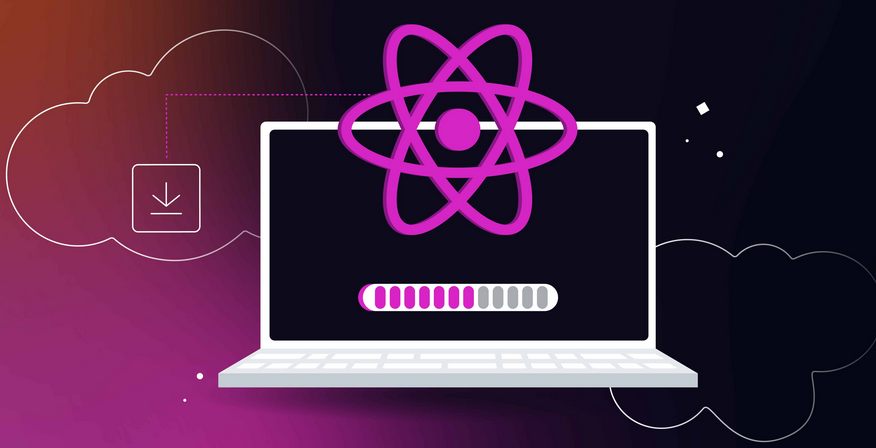A simple explanation for this would be Git as a Service. Git is a distributed version control system that addresses the limitations of the previously used centralized model, such as SVN (Apache Subversion). AWS makes it easier for users to create, operate, and scale Git repositories for their software workloads. Traditionally, on-premises administrators used to provision and manage Git repositories on a self-hosted server. This had its challenges, but with AWS, you just focus on consuming the service for your collaboration needs and everything else is taken care of.
CodeCommit allows you to easily create branches, commit code, and create pull requests for review by your team members. With all AWS offerings, security is the highest priority, and CodeCommit is no different. By default, all data is encrypted at rest and secure transit mechanisms such as SSH and HTTPS are used for any access requirements. For the end user, nothing changes. as they still use the same tooling (the git CLI) to communicate with the service endpoints.
Like other services, it also publishes important metrics and events to CloudWatch, which can be used to build automation workflows. Let’s check out just some events that might be interesting for your team’s collaboration needs:
- Creation of pull requests
- Tracking comments on pull requests
- Pull request merge status changed
- Restriction of access to certain branches only for a set of users
AWS CodeBuild
Soon after the code is committed to a repository, automated processes are triggered. These might be creating artifacts, running tests, or building container images. CodeBuild is a service that provides a lightweight and scalable execution environment in which certain operations can be performed on the recently committed code. You can configure your build environments with basic configuration details, such as CPU/memory resources and the commands you would like to run.
If you have configured and managed build servers on your own, you can imagine the benefit such managed services bring to the table. You are only charged for the duration for which the builds run, and the service scales automatically to process multiple parallel executions.
Finally, it can also store build artifacts, such as JAR files, executables, or even obfuscated JavaScript files, in locations such as Amazon S3.

